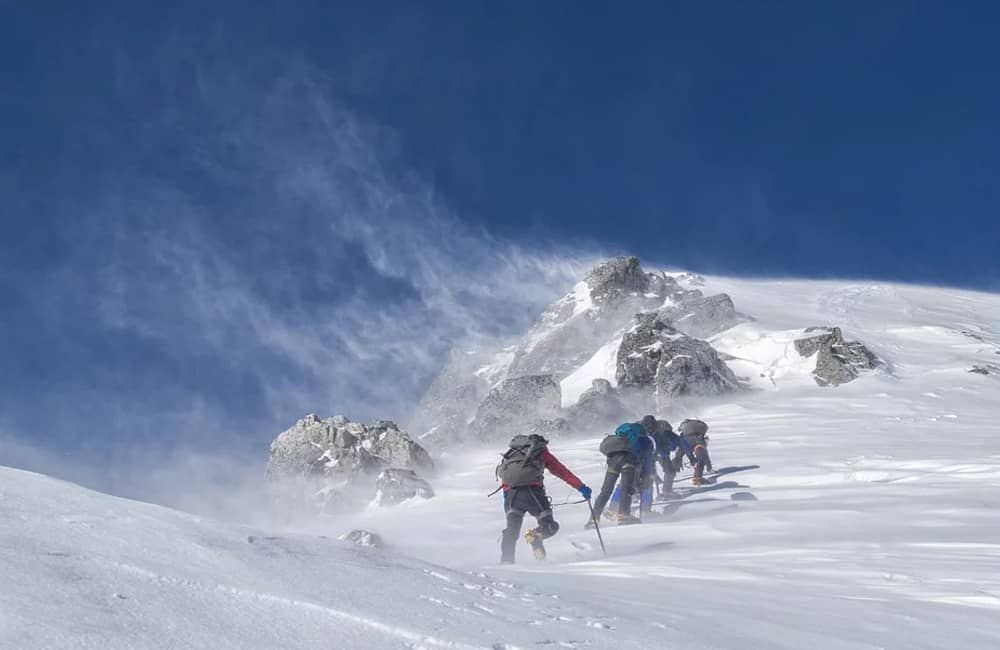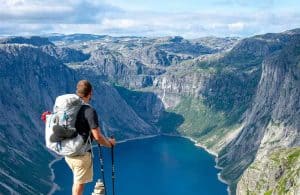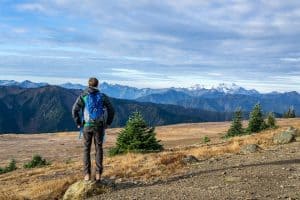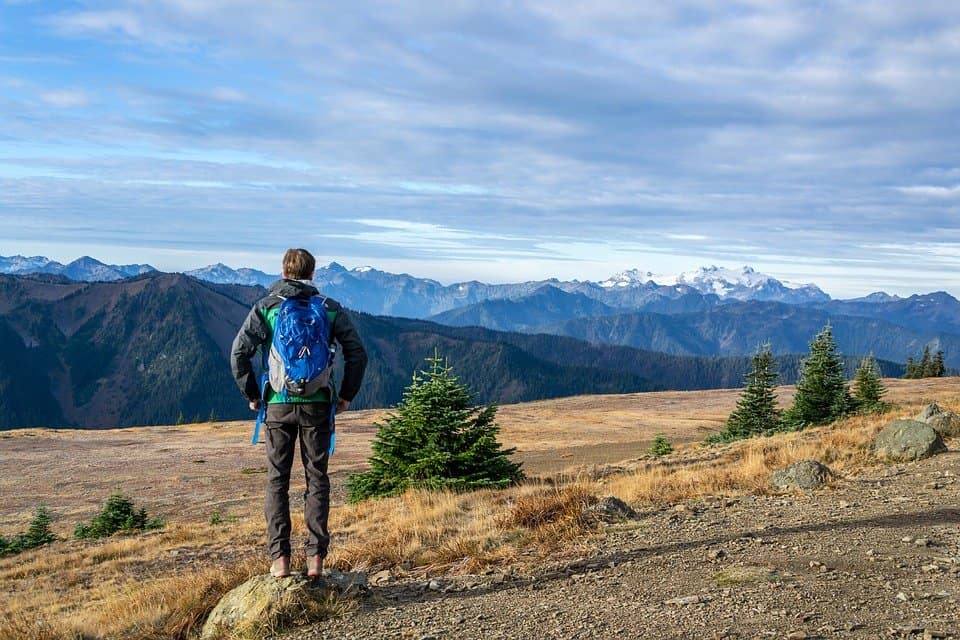While trekking and mountaineering share many similarities, their differences are vast. Both sports allow you to explore nature and its raw beauty and provide health benefits, but they also have striking differences that you should be aware of. Here are some of them:

Trekking
Trekking often takes days to accomplish. It is more physically demanding than hiking since the terrains that trekkers pursue are tougher. The availability of human-made trails built with lodges offer rest and snack stops along the way, making the trip a lot more doable. Trekkers also tackle various types of terrains, including mountains. For this reason, trekking is often confused with mountaineering.
Trekking has some notable benefits:
- It is pretty common for trekkers to meet new friends during their stay at lodges.
- Learning a new culture, tradition, and lifestyle is possible through trekking.
- It has health benefits such as improving cardiovascular health and building muscles and
When you go on a trek, you can choose to hire a guide who is more familiar with the area. You can also go with a porter to carry your other things. If you are a beginner, it is best to make use of their services since they can help you arrange for accommodation and food. They are also the ones who will ensure your safety.
Fun Outdoor Quiz
Mountaineering
Mountaineering, on the other hand, involves climbing a mountain to conquer its summit. This activity is often done by those who are adventurous and have high self-confidence in their strength. Mountaineers are known to train regularly to survive in harsh conditions.
Mountaineers need to have proper knowledge of rope techniques and know how to use an ice ax and crampons. They must also have a deep understanding of pinpoint navigation.
Aside from having technical knowledge, mountaineering also requires the use of appropriate outdoor gear.
This activity also requires mountaineers to have stable mental health because there are instances where their mental functions may be tested as they are out there, especially when you need to survive snowstorms and other dangers of the mountain. If this is something that you believe you can prepare for, then you may wish to try mountaineering to reap its benefits:
- You get to explore your strength with all the climbing, hiking, and scrambling that you will do.
- It helps you improve your cardiovascular health like trekking.
- You develop teamwork, build self-confidence, and boost self-esteem.
While mountaineering offers benefits, you still need to know the risks that you’re exposing yourself to. You may want to start with mountains that are not as dangerous and prepare yourself for a high level of fitness before going on an expedition.
You may want to enroll in a mountaineering training course to be fully prepared. You will learn things such as how to use equipment appropriately in different conditions. Your training may take months but you must ensure that you have adequate preparation before you try to reach a summit.
You must also understand that since you could climb at high altitudes, you may experience altitude sickness. Remember, mountaineering is often reserved for those who have extensive experience in trekking.
You can see that mountaineering is a higher form of trekking. It is more physically, mentally, and emotionally demanding than trekking. If you’re looking to get into exploring the wilderness, you may want to try trekking first. Then, when you have gained considerable experience, you may start your journey toward mountaineering. Who knows, you might just conquer the world.







